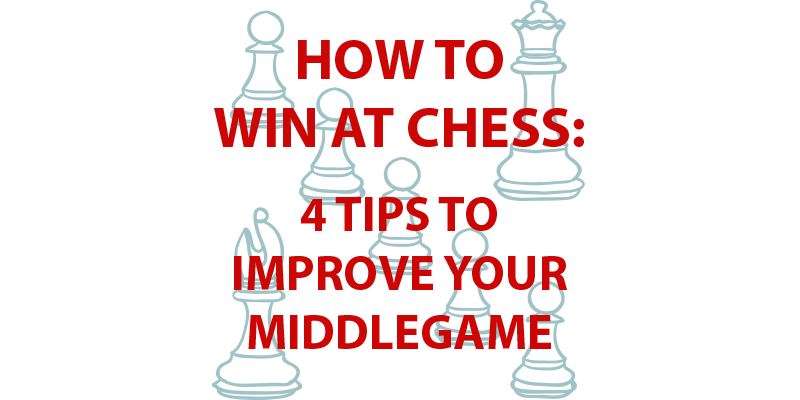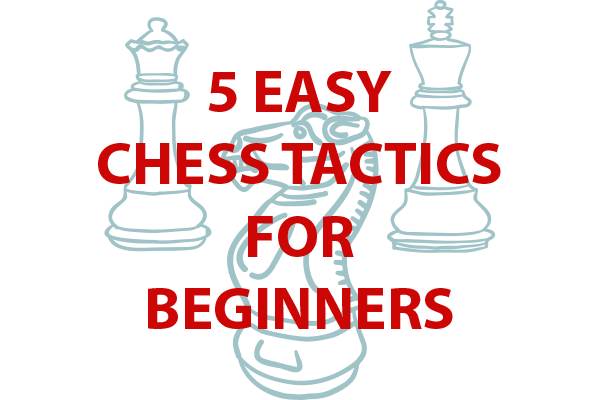


The middlegame generally begins when the opening is completed, through the connecting of the rooks. It has been said that 95% of games are decided in the middlegame. I don’t know if that’s true, but there is certainly no doubt about the importance of middlegame play when trying to win a game of chess. This post will offer 4 tips to find the best way to move in your chess middlegames. Those are have a plan, create a strong structure, coordinate pieces and pose threats.
Look to see if there’s potential to launch an attack on the opponent King. If you can’t come up with some brilliant 15 move plan, focus on improving the placement of your pieces instead.
Conversely, you can work to restrict the movement of your opponent’s pieces. If you find it hard to come up with good ideas, focus on understanding what your opponent is doing. See their plans and crush them. Activate your pieces and restrict theirs.
Use structure to activate your pieces and restrict your opponents. In your opening, you should have made efforts to control the center. If you are interested in some pointers get 5 tips on the best way to start a chess game. After being set, only move your pawns for a good reason.
If you have a superior position keep your structure in place and build pressure. If you don’t have the structural advantage and your pieces are cramped, consider plans to open your structure to relieve tension and activate pieces.
Bring rooks to open and or central files. Locate good outpost for knights and place them there. Put bishops on long diagonals. Focus pieces at the enemy king or another determined weakness and be flexible at the same time. Overload a weakness and make their strong pieces do menial work.
Create a local majority and pose threats. If you can’t make a direct threat, activate pieces instead. Trade off or move their aggressive pieces away. Don’t trade off your well placed attacking pieces. Take advantage of the errors your opponent makes when dealing with being threatened.
See you opponent’s advancements. Answer all threats and find the opportunities to counter over aggressive play.
A game of chess is full of mistakes and surprises. You can make all the plans that you want, but they will consistently change. You must always reevaluate. Find a surprise in the analysis and you’ll probably find a win over the board.
 A checkmate pattern is a specific identifiable positioning of pieces...
A checkmate pattern is a specific identifiable positioning of pieces...
 Chess is a game with many approaches to improve. Some...
Chess is a game with many approaches to improve. Some...